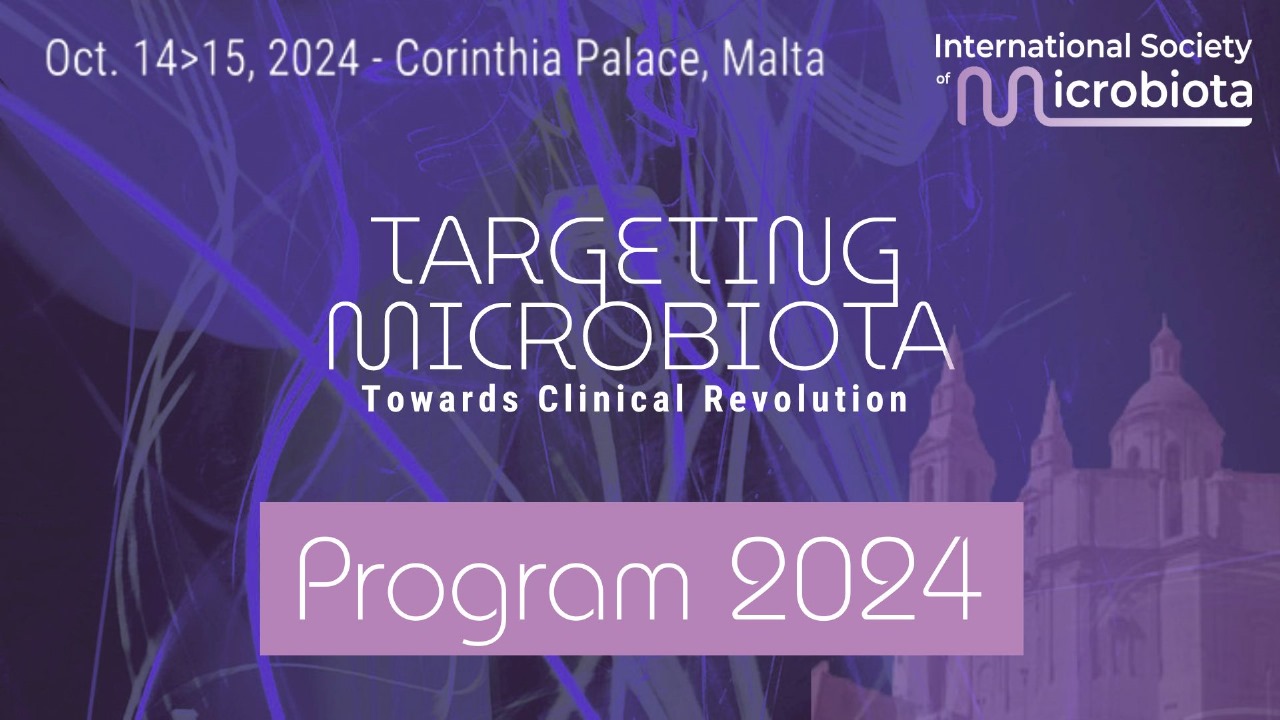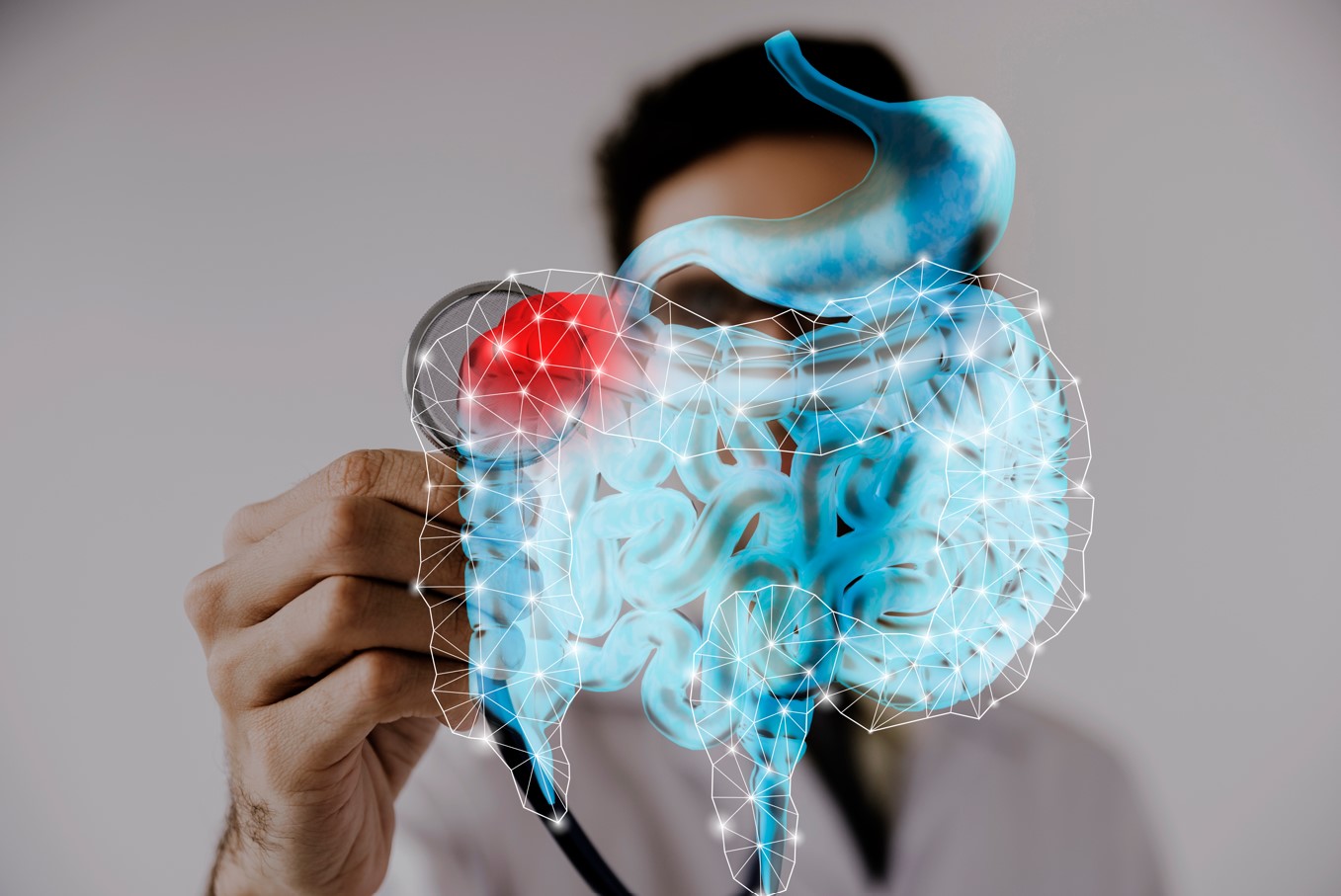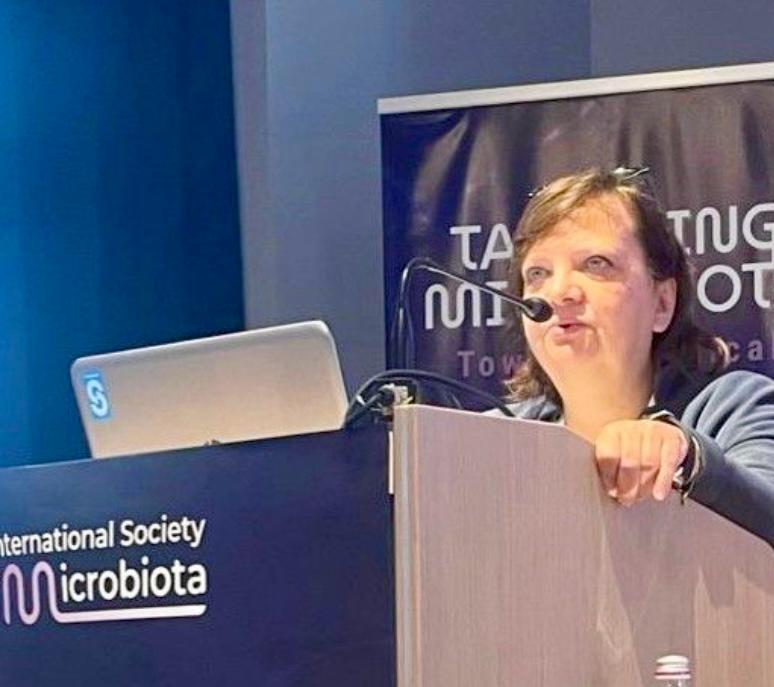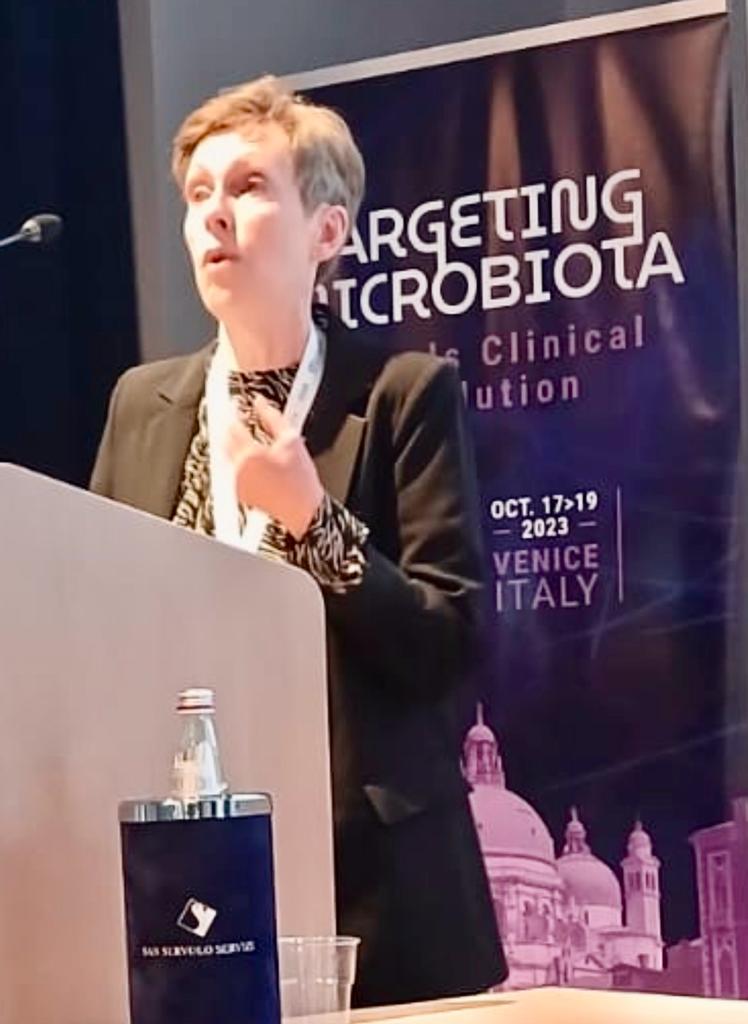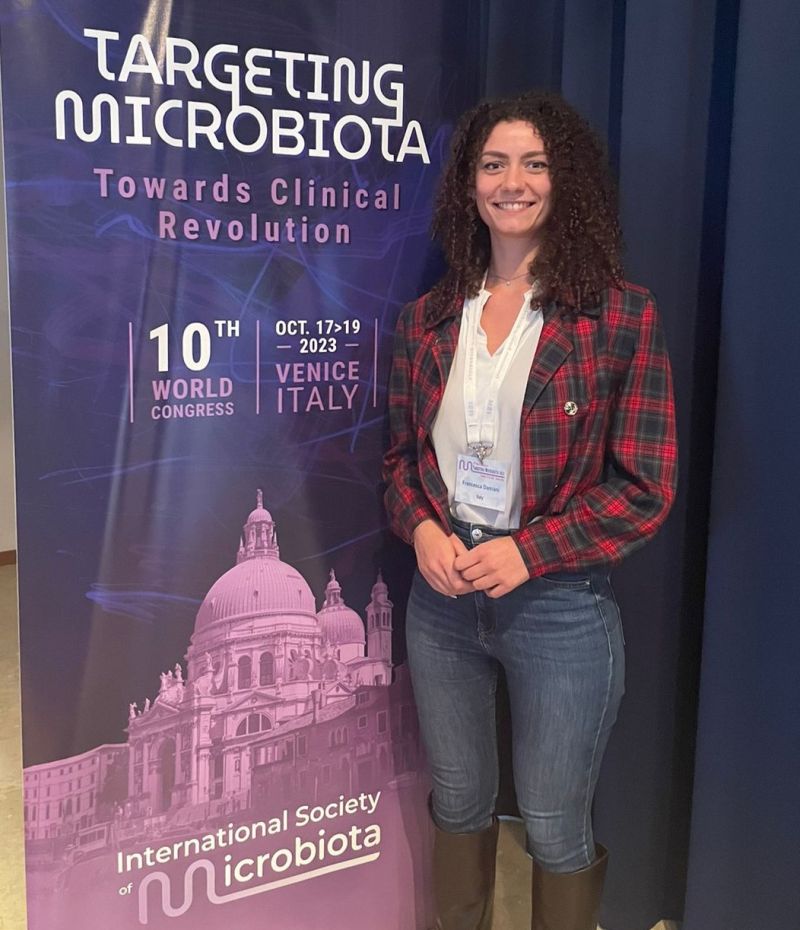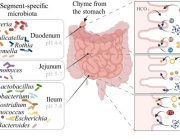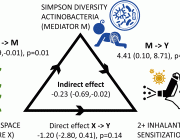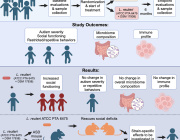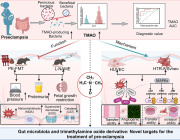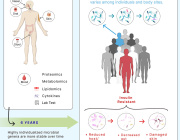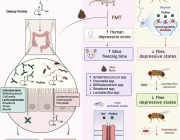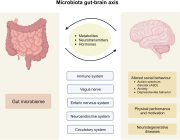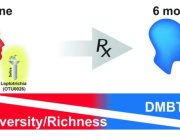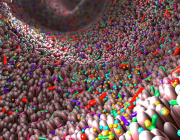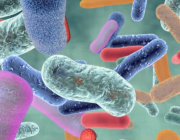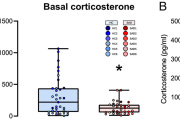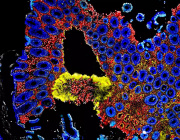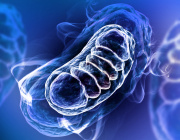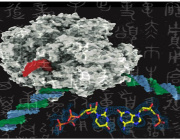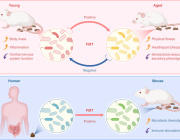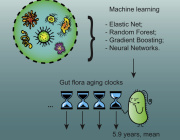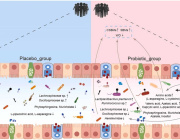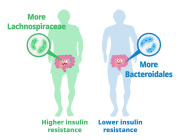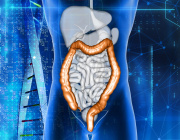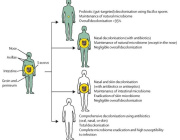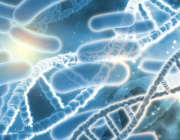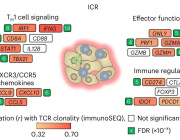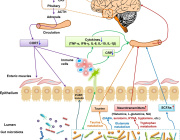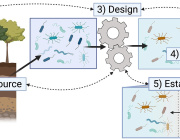Microbiome Study Reveals Accurate Aging Clock and Links Between Gut Microbes, AI, and Longevity
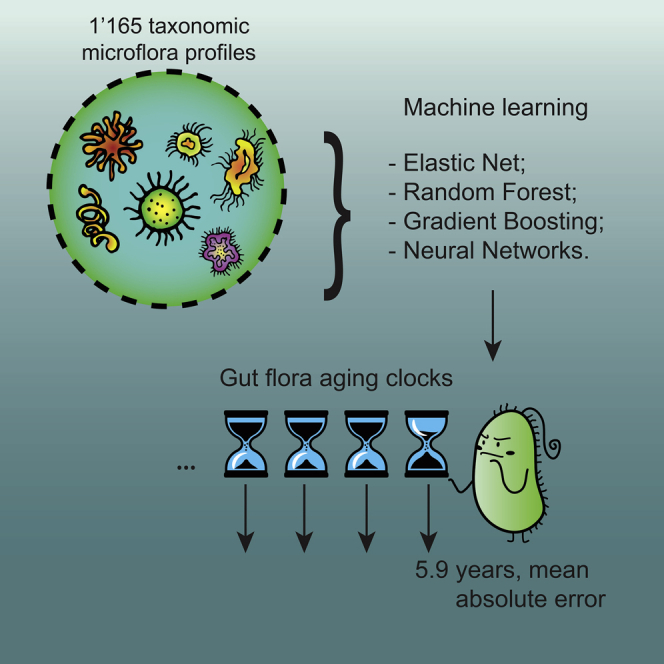
Copyright © 2020 Fedor Galkin et al. Open access article under the CC BY-NC-ND license
Researchers from China, the UK, and the USA collaborated on a fascinating study published in the iScience Journal, identifying several bacteria that play a role in predicting aging through the microbiome aging clock:
- Bacteroides Species: These are key in the gut community, with diverse polysaccharide degrading abilities. Their involvement in the aging process is complex, with some species being potentially harmful while others have beneficial roles.
- Akkermansia muciniphila: Known for its beneficial effects on gut health, obesity, and metabolism regulation. It's also found in higher abundance in centenarians, making it a candidate for a healthy aging biomarker.
- Bifidobacterium Genus: This includes species that are generally considered to decrease with aging, with the exception of Bifidobacterium bifidum, which is abundant in the elderly and may be directly involved in the aging process.
- Butyrate-Producing Bacteria: Such as Eubacterium rectale, E. eligens, E. hallii, Clostridium bolteae, Roseburia hominis, Faecalibacterium prausnitzii. These bacteria are essential for gut health and may have a relationship with aging, though their abundance doesn’t consistently decrease with age.
The study's findings suggest that the gut microbiome, including these bacteria, can be used to predict aging with a degree of accuracy. It's important to note that the presence of these bacteria and their effects can vary based on individual gut microbiomes and overall health.
Know more about this interesting study.
Stay tuned to the 11th Annual Congress of the International Society of Microbiota, which will cover the recent advances in the microbiome, AI and longevity science.
International Society of Microbiota
LinkedIn | Facebook









